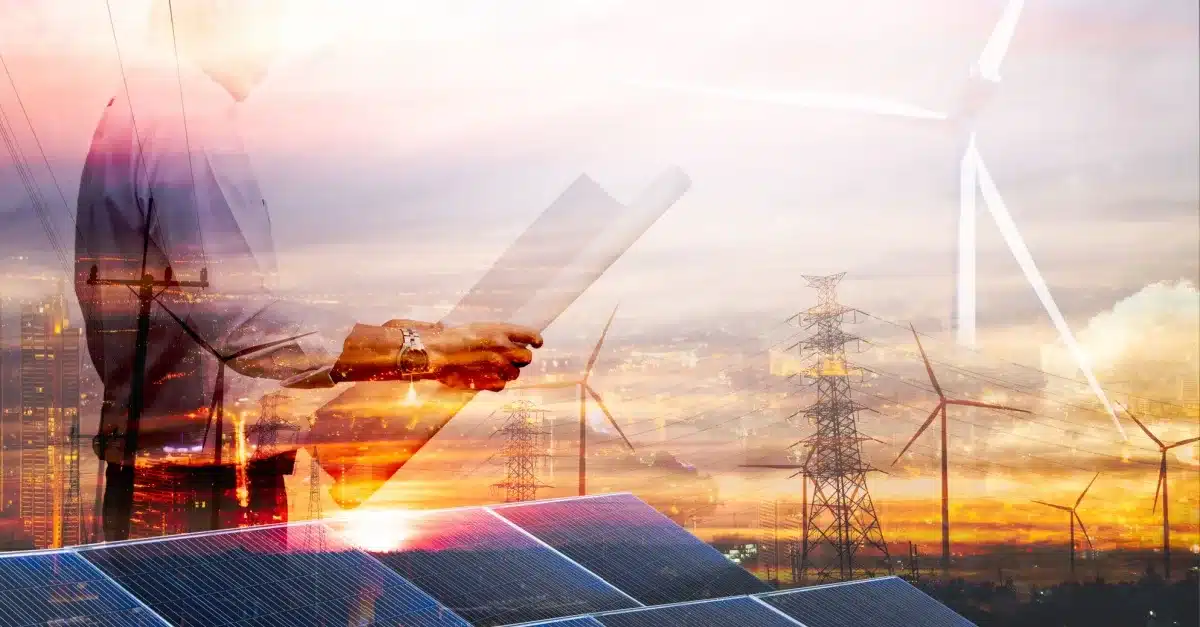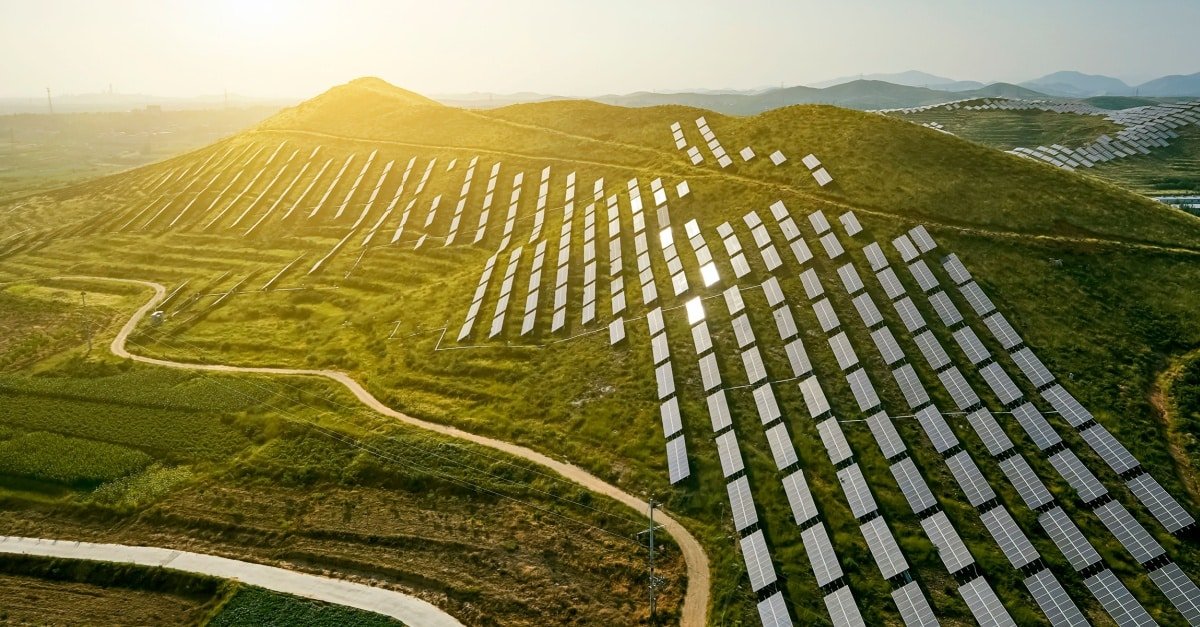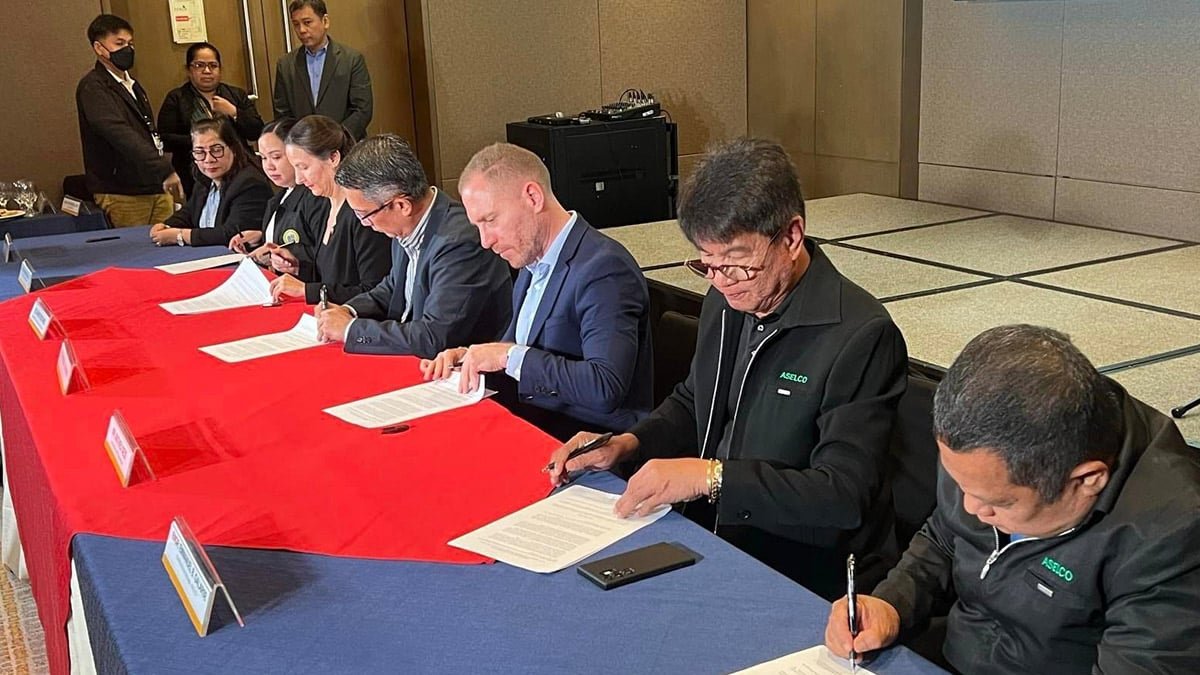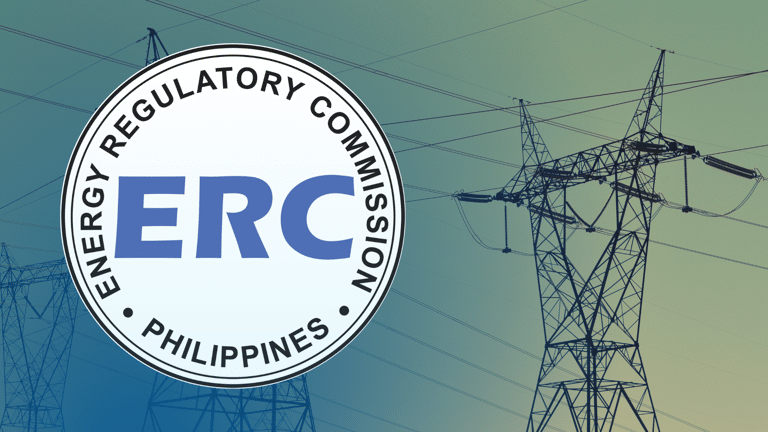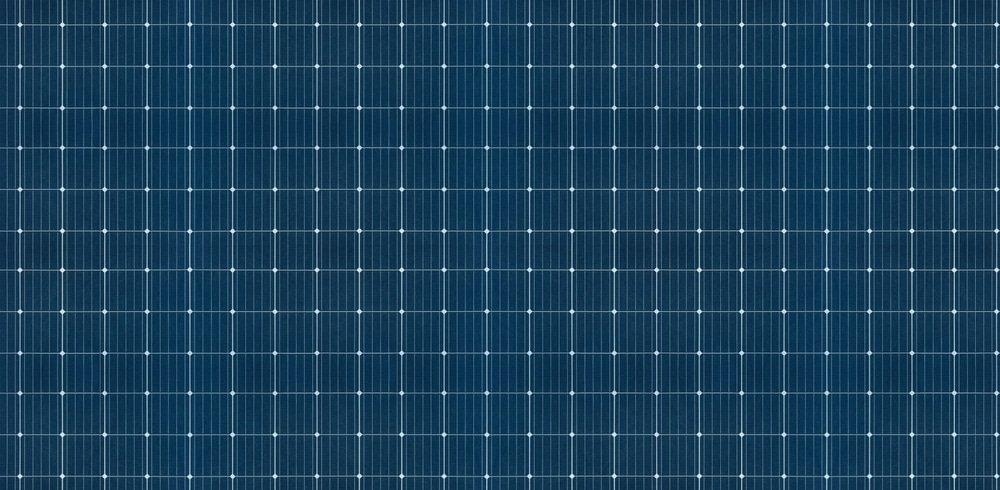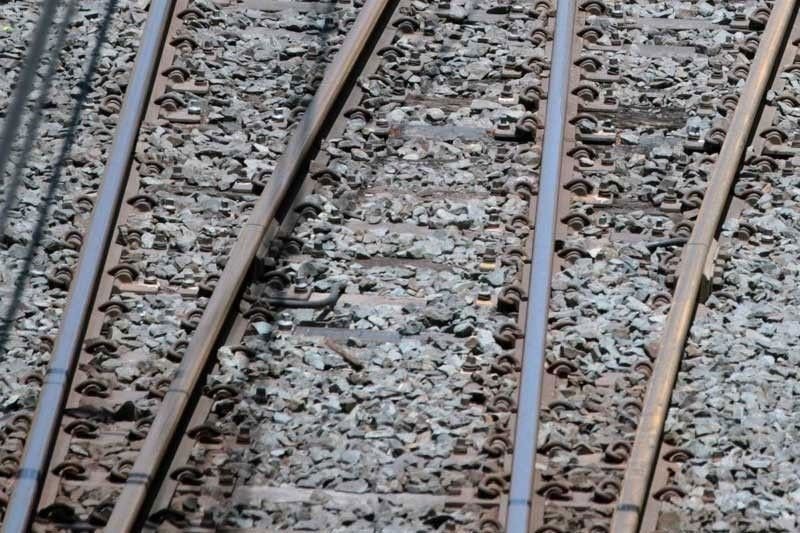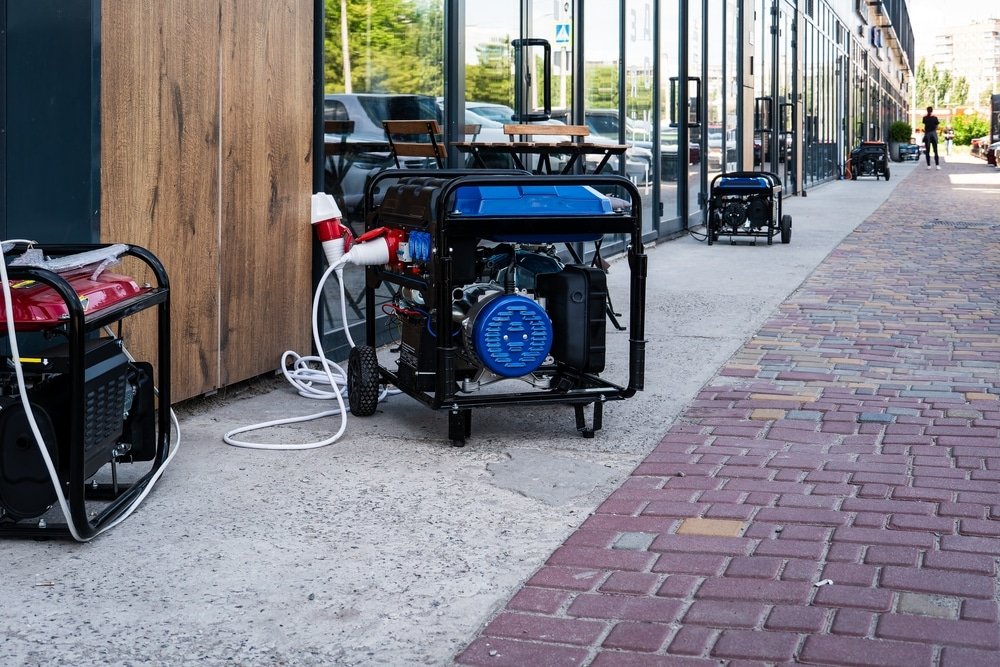
Recently, local power experts have been discussing a potential energy shortage. Davao Light and Power Company’s (Davao Light) President and COO, Rodger Velasco, said that Mindanao could face a power shortage within the next five years if no new power investors come in. The Mindanao Development Authority (MinDA) is likewise anticipating that the region will face power loss by 2027-2028, as the annual energy demand growth of 5-7% outpaces the existing power capacity.
Even before these forecasts were made, efforts to secure regional energy supply were already underway. Early this year, the Department of Energy announced its plans to augment Mindanao’s electricity grid with 52.5 megawatts within 2024. Now, more voices are calling for solutions to address the looming energy shortage. Local power companies like Davao Light are actively seeking and engaging with potential investors. Mindanao’s business leaders are calling on the government to secure alternative power sources. Mindanawons would do well to take a similar proactive approach to the situation.
The most immediate step we can take is to reduce our energy consumption. Small, intentional changes – such as shifting to a more energy-efficient digital lifestyle, being more mindful when using common household appliances, and adopting sustainable cooking habits – can collectively make a difference, creating communities that not only value energy efficiency but also prepare for any challenges that may lie ahead.
Beyond this, the next best thing is to consider investing in renewable energy and robust backup power solutions. Fortunately, solar panel and battery technology advancements have made solar energy accessible to all.
Solar Generators
An affordable yet valuable investment is a solar generator, which is a portable power station that can be powered by the sun. Portable solar panels absorb sunlight and generate direct current (DC) electrical charges. These are stored in a battery, and when needed, an inverter converts the DC electricity to alternating current (AC) power for use by common electronics and appliances.
Unlike traditional generators that are great for immediate power needs and high-demand scenarios but do involve ongoing fuel costs, solar generators run purely on clean and renewable energy. They do not produce noise or air pollutants, require less maintenance as these units do not have moving parts or motors, and best of all, they come in various price points depending on storage capacity and power output.
Home Solar Power Systems
The better solution for long-term energy independence and sustainability, however, is a home solar power system. The cheapest ones can cost as much as the most robust solar generator, but they pack a bigger punch by transforming even the smallest rooftop into a mini power plant.
Grid-tied Solar Systems
Grid-tied systems, also known as on-grid systems, are the most common and simplest type of solar setup for homes. These systems are directly connected to the electricity grid and use a string inverter to convert solar power into usable electricity. This electricity is then fed into your home’s breaker panel like any other source of energy.
Grid-tied systems allow you to take advantage of net metering. If you produce more energy than you consume, the excess energy is sent back to the grid, and this can result in cost savings on your monthly bill. They also have the lowest upfront cost among the three systems.
However, grid-tied systems have their downsides. They are dependent on the grid and will not work during a power outage for safety reasons.
Off-grid Solar Systems
Off-grid systems offer complete energy independence by not relying on the grid and instead storing excess energy in batteries for later use. These systems are ideal for remote locations where connecting to the grid is not feasible or too costly.
Off-grid systems are way more expensive than grid-tie systems as you need to purchase batteries. However, they can also serve as a backup power source during power outages, making them a valuable investment for emergencies.
Hybrid Solar Systems
Hybrid systems combine the best of both worlds by providing grid connectivity with the autonomy of battery backup. These systems are becoming increasingly popular as they offer flexibility and reliability. Hybrid systems use a combination of solar panels, an inverter, and batteries to store excess energy for later use.
Hybrid systems are the most expensive of the three options. But because they allow you to take advantage of net metering while having the capability to store energy needed, hybrids are the most ideal investment to make in the event of an energy shortage.
When considering a solar system for your home, it is essential to assess your energy needs, location, and budget to determine which system is right for you. The initial cost for any of these options may seem daunting, but the benefits you get from a solar system during a period of energy shortage make it a wise investment for any homeowner.
As Mindanao stands at the crossroads of an energy transformation, it is clear that the challenges ahead require both resilience and adaptability. By embracing energy-efficient practices and investing in renewable energy backup power solutions, we not only mitigate the impacts of an energy shortage but also contribute to a healthier planet.



